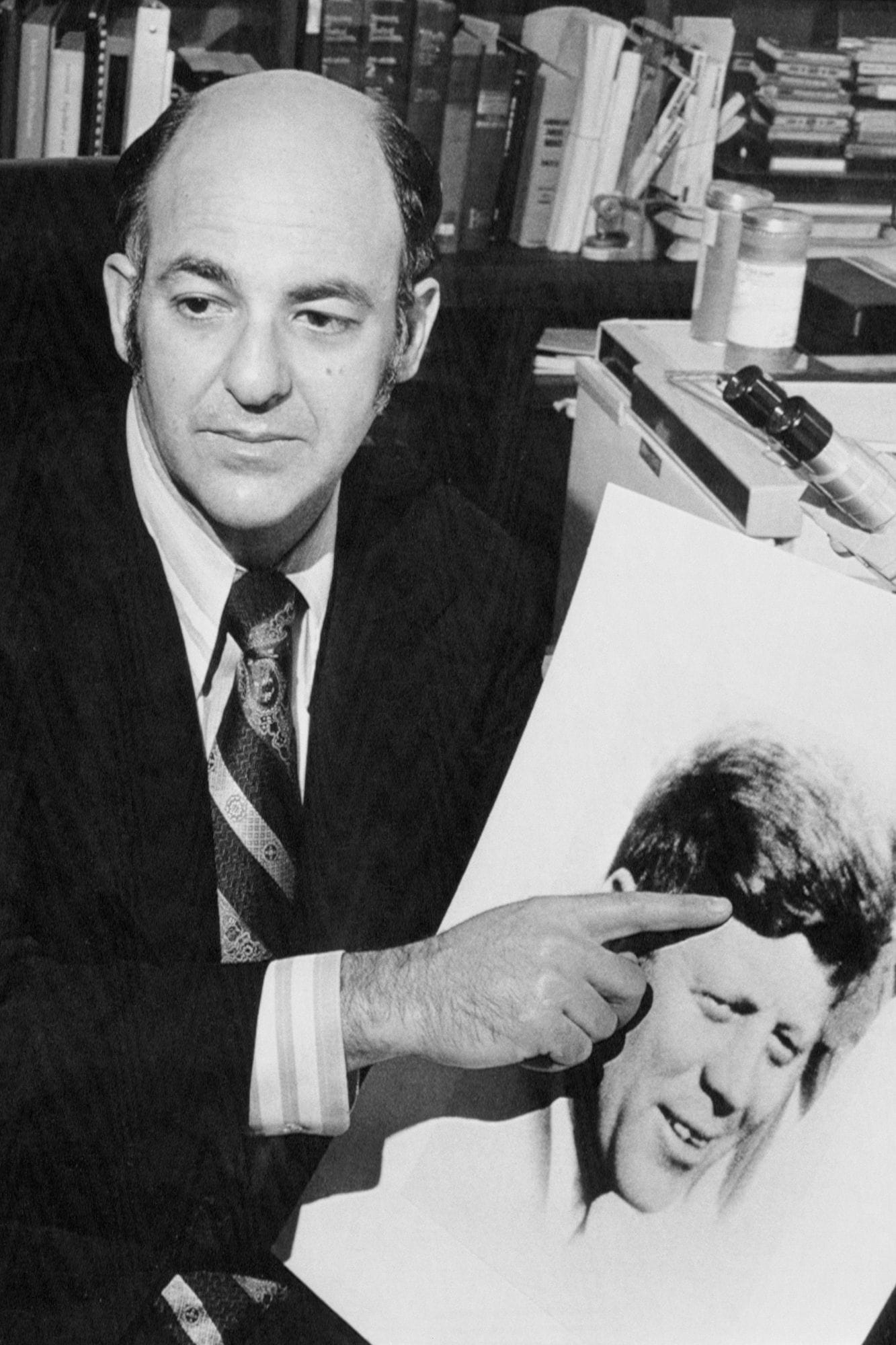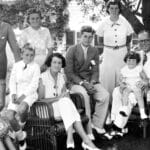The Three Letters That Changed a Nation
The New York Times crossword puzzle, a daily mental exercise for countless readers, frequently presents the seemingly simple clue: “JFK’s successor.” The answer, typically “LBJ,” represents Lyndon B. Johnson. But these three letters hold profound historical weight, symbolizing a pivotal moment in American history—the sudden transfer of power following John F. Kennedy’s assassination. This seemingly trivial crossword clue acts as a portal to a nation grappling with immense loss and navigating an uncertain future.
A Nation in Mourning: November 22, 1963
The assassination of President Kennedy on November 22, 1963, in Dallas, Texas, remains a deeply etched scar on the American psyche. The shocking images of that day—the motorcade, the chaos, and the nation’s collective grief—continue to resonate. Amidst this tragedy, the constitutional mechanisms of succession were swiftly enacted. Vice President Lyndon B. Johnson was sworn in aboard Air Force One, a poignant ceremony captured in an iconic photograph with Jackie Kennedy, still clad in her blood-stained pink suit, standing solemnly by his side. This unplanned transition thrust Johnson into the presidency under unimaginable circumstances.
LBJ: A Presidency Forged in Crisis
“JFK’s successor”—those three letters, LBJ—represent the commencement of a complex and often controversial presidency. Johnson inherited Kennedy’s unfinished agenda, striving for continuity in a time of national trauma, but also charted his own course. He signed the landmark Civil Rights Act of 1964, a monumental stride towards racial equality. He launched the ambitious “Great Society” programs, aiming to combat poverty and inequality. However, his presidency became increasingly entangled with the escalating Vietnam War, a conflict that would cast a long shadow over his legacy and divide the nation.
The Crossword Clue: A Cultural Touchstone
The recurring appearance of “JFK’s successor” in the NYT crossword puzzle suggests its enduring relevance in the American consciousness. It serves as a form of collective remembrance, keeping this pivotal moment alive in our cultural memory. The puzzle, in its subtle way, prompts reflection on a nation’s resilience and the enduring impact of leadership transitions. The following table provides examples of this clue’s appearance. The actual frequency is likely higher:
| NYT Crossword Type | Example Date |
|---|---|
| Mini Crossword | January 19, 2024 |
| Daily Crossword | January 20, 2020 |
Who is JFK’s Successor?
The world watched in disbelief on November 22, 1963, as news of President Kennedy’s assassination spread. Amidst the grief and confusion, a critical question emerged: Who would lead the nation? The Constitution provided a clear path: Vice President Lyndon B. Johnson (LBJ). The transition, while constitutionally straightforward, occurred under emotionally charged circumstances. Aboard Air Force One, Johnson took the oath of office, a moment captured in a photograph that symbolizes both an ending and a turbulent new beginning. Explore the captivating history and recent developments surrounding the legendary lockheed sr 71 blackbird news.
Johnson faced immense challenges. How would he, with his distinct political style, fill the void left by the charismatic Kennedy? He initially focused on continuing Kennedy’s legislative agenda, a gesture of stability during national trauma. However, Johnson, a seasoned legislator, soon began to shape his own vision—the “Great Society,” focusing on civil rights, poverty reduction, and education. Some historians suggest that while distinct in approach, both Kennedy’s “New Frontier” and Johnson’s “Great Society” shared underlying goals of social progress.
Despite his domestic ambitions, the Vietnam War came to define Johnson’s presidency. Although American involvement predated his tenure, the conflict dramatically escalated under his leadership. The complexities of the war and its profound impact on American society remain subjects of ongoing historical debate.
What if Johnson hadn’t been Kennedy’s Vice President? The line of succession would have likely led to Speaker of the House John McCormack. Would his presidency have unfolded differently, particularly regarding Vietnam? Counterfactual history offers intriguing possibilities, reminding us of the complexities and contingencies that shape historical events.
Who Was the Predecessor of JFK?
John F. Kennedy, embodying youthful vigor and a new era in American politics, assumed the presidency in 1961. His predecessor was Dwight D. Eisenhower (DDE), a revered figure—a five-star general, a World War II hero, and a president who had steered the nation through the post-war years. Understanding Eisenhower’s era is crucial to appreciating the context of Kennedy’s presidency.
Eisenhower’s two terms (1953-1961) were marked by prosperity and underlying Cold War anxieties. The 1950s witnessed economic growth and suburban expansion alongside the constant threat of nuclear conflict. Eisenhower’s administration, characterized by fiscal conservatism and a cautious foreign policy, contrasted sharply with Kennedy’s “New Frontier” vision. The 1960 election, a tight race between Kennedy and Nixon (Eisenhower’s Vice President), signaled the nation’s desire for change.
Eisenhower’s legacy includes ending the Korean War (though leaving the peninsula divided), creating the Interstate Highway System, and establishing NASA in response to Sputnik. These actions had lasting consequences that Kennedy inherited.
How did Eisenhower influence Kennedy? The Cold War was a dominant concern for both. Eisenhower’s containment and deterrence strategies laid the groundwork for Kennedy’s handling of the Cuban Missile Crisis. The extent of Eisenhower’s influence remains a subject of historical analysis.
Their differences—party affiliation, generation, and style—were evident. However, both faced the Cold War, racial inequality, and the need to strengthen the American economy. They represent distinct approaches to leadership during a pivotal era.
Has Roughly Tripled in Size Since… Australopithecines (and the NYT Crossword)
A recent New York Times Mini Crossword puzzle stumped some solvers with the clue “has roughly tripled in size since the time of australopithecines.” The answer: the human brain. This seemingly simple puzzle piece unlocked a fascinating exploration of human evolution. Explore the fascinating world of macrodontia and uncover the mysteries behind this intriguing dental phenomenon.
The human brain’s growth is substantial. Compared to the grapefruit-sized brain of an australopithecine, the modern human brain is roughly three times larger. This dramatic increase is a cornerstone of human evolution, linked to our unique cognitive abilities.
This growth wasn’t merely about volume; it involved internal reorganization and development, particularly in the prefrontal cortex, responsible for complex thought. This raises the question: Did larger brains drive societal and technological advancements, or vice versa? The interplay between brain development and cultural evolution remains a subject of ongoing research.
Many questions remain unanswered. Is our brain still evolving? Are there limits to brain size? These unknowns highlight the ongoing nature of scientific discovery and the mysteries of human evolution. The table below provides a comparison of brain sizes across different hominid species:
| Hominid Species | Approximate Brain Size (cc) |
|---|---|
| Australopithecines | 400-500 |
| Homo habilis | 600-800 |
| Homo erectus | 750-1250 |
| Homo neanderthalensis | 1200-1750 |
| Homo sapiens (Modern Human) | 1200-1500 |
(Note: These are average brain sizes, and variation exists within species. Brain size isn’t the sole determinant of intelligence.)
- Crypto Quotes’ Red Flags: Avoid Costly Mistakes - June 30, 2025
- Unlock Inspirational Crypto Quotes: Future Predictions - June 30, 2025
- Famous Bitcoin Quotes: A Deep Dive into Crypto’s History - June 30, 2025

















1 thought on “JFK’s Successor: Unraveling the NYT Crossword Clue and the Political Landscape of the 1960s”
Comments are closed.